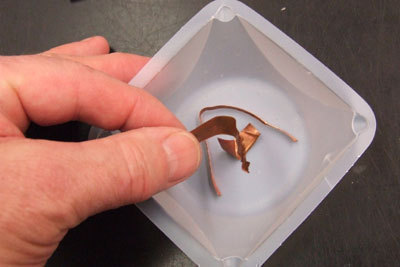Kinetic energy is the energy of motion. It is also referred to as energy in motion, or as the work required to take an object from being at rest to action/movement. Mathematically, kinetic energy is calculated as ½ of the mass of a body, multiplied by the speed of the body squared, KE=1/2 mv^2.
Where Did the Kinetic Energy Term Originate?
The term originated with the Greek words kinesis (motion) and energeia (active work). Put together, the two words translate to “Through motion do active work.” More simply, any thing, body, object, etc that has mass and is moving has some type of kinetic energy.
How is Energy Transferred?
One of the underlying concepts behind kinetic energy is understanding how work transfers energy from one form to another. When a mass or body is not moving, (at rest) it is considered to have potential energy. When force or work is applied to this object, the potential energy becomes kinetic. Once transferred, the kinetic energy of an object may be converted to other forms such as potential, gravitational, or elastic energy.
What Are the Types of Kinetic Energy?
There are two types of kinetic energy, translational and rotational. Translational kinetic energy is contained or possessed by a body that is undergoing straight-line motion. Rotational kinetic energy is energy contained in a rotating object.
What Are Some Examples of Kinetic Energy?
Any object that is moving has kinetic energy. Some examples of kinetic energy are:
– A planet rotating around the sun
– A moving vehicle
– Water flowing in a river or falling down a waterfall
– Electrons moving about a nucleus
– A person walking or running
– A child typing on a computer
– An airplane flying
– A person swimming
– A crawling baby
There are thousands of examples. To determine whether an object has kinetic energy, simply remember that any object in motion has some level of kinetic energy.




mithi
dear sir i need the describation of an example
AVNISH SRIVASTAVA
dear sir i am preparing a project working on kinetic energy and i want to know more about kinetic energy so that it will be easy for me to take a step further . avnish srivastava
Ajay Khule
Hi Avnish,
You can Google out or visit Wikipedia for more information on kinetic energy.
helpmewithachemproblempls
91g of a substance at 100 c raises the temp of 300g of water from 20 c to 25 c is the substance aluminum, copper iron or lead? I’ll still have to do the math, just help me get there pls.
Physicdummy
Does an object moving in a circular motion have kinetic energy? It’s moving in a circle so is displacement = 0 and so it has no velocity? If so, does it have kinetic energy?
Will.Spencer
A rotating body has kinetic energy in the form of angular velocity.
Physicdummy
Thanks Will. Appreciate your reply.
But I am right to say that displacement is 0?
Will.Spencer
It has Angular Displacement.